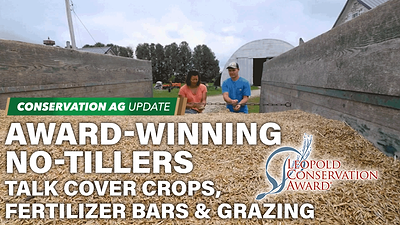Source: Penn State Extension
This Agronomy Fact Sheet offers a summary of about a dozen important points about soil acidity and ag lime that would certainly be worth a review as we complete the 2014 harvest.
One of those important points is the fact that even finely ground liming materials require several months to react. Producers are well advised to apply ag lime well in advance of acid-sensitive crops to allow time for it to neutralize soil acidity. Soil acidity is among the important environmental factors that can influence plant growth and seriously limit crop production. Therefore, liming acid soils is basic to good soil and crop management. A sound liming program will increase soil productivity and, possibly more important under current conditions, increase efficiency of other crop production inputs such as fertilizers and crop protectants.
This Agronomy Fact Sheet covers definitions and causes of soil acidity, effects of soils acidity on crop production, soluble metal toxicity, effect on phosphorus availability, micronutrient availability, and even considers effects on soil organisms, soil physical conditions and disease. The Fact Sheet covers the seven important quality parameters for lime, soil test lime recommendations, liming materials conversions and example calculations for adjusting and comparing liming materials. The Fact Sheet can be downloaded as a free PDF from the link above.
For those with a geological interest, the Pennsylvania DCNR has a map and information titled “Limestone and Dolomite Distribution in Pennsylvania” which points out that except for coal, these carbonates are the major rock types mined in Pennsylvania, accounting for about 80% of all non-fuel mineral production. The map is a reminder that we are fortunate to have this useful resource.
So as December signals the end of another year, it’s a good of time carefully consider the importance of properly applied lime and perhaps address your own ag lime needs in the slower off-season.





